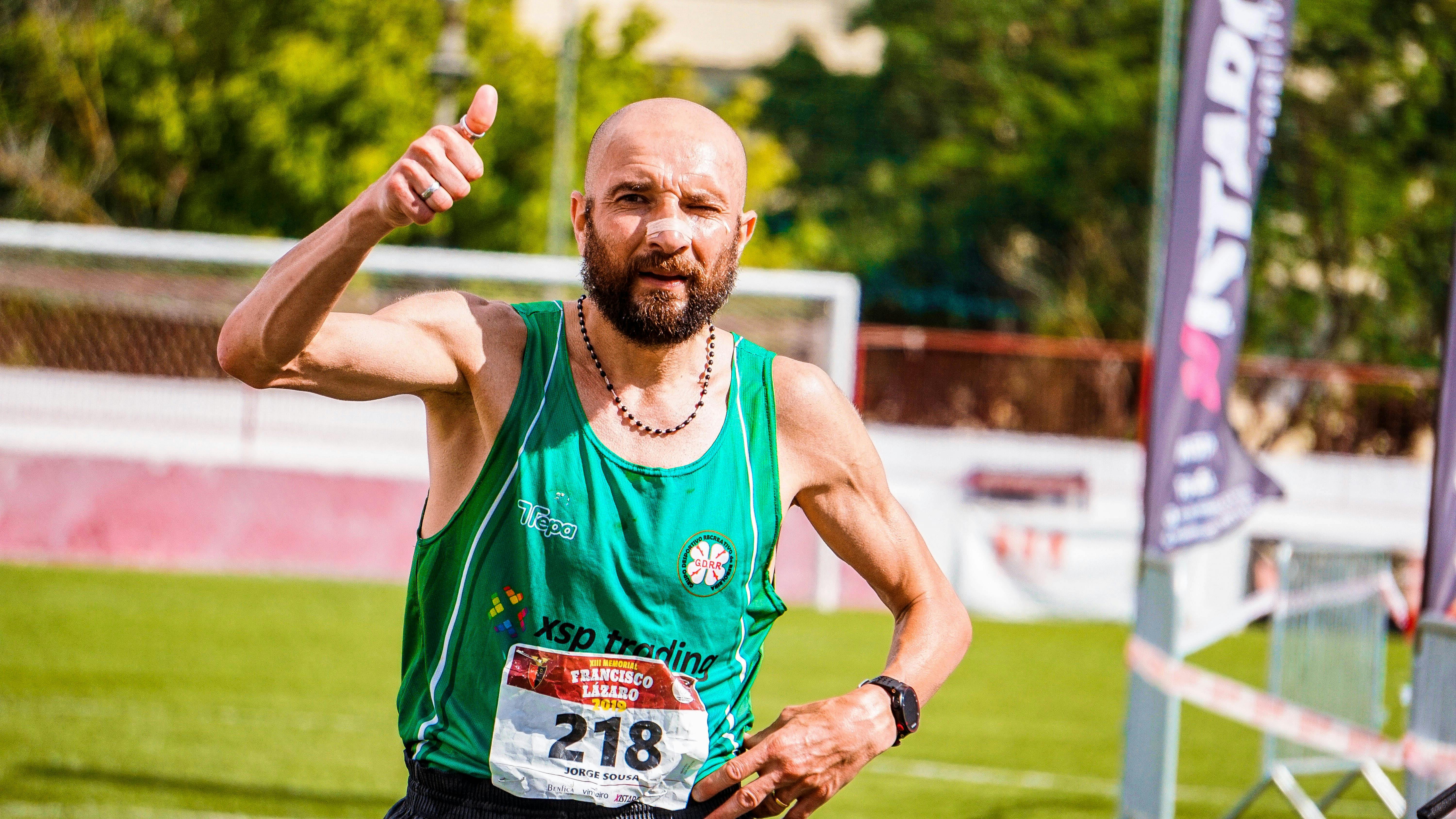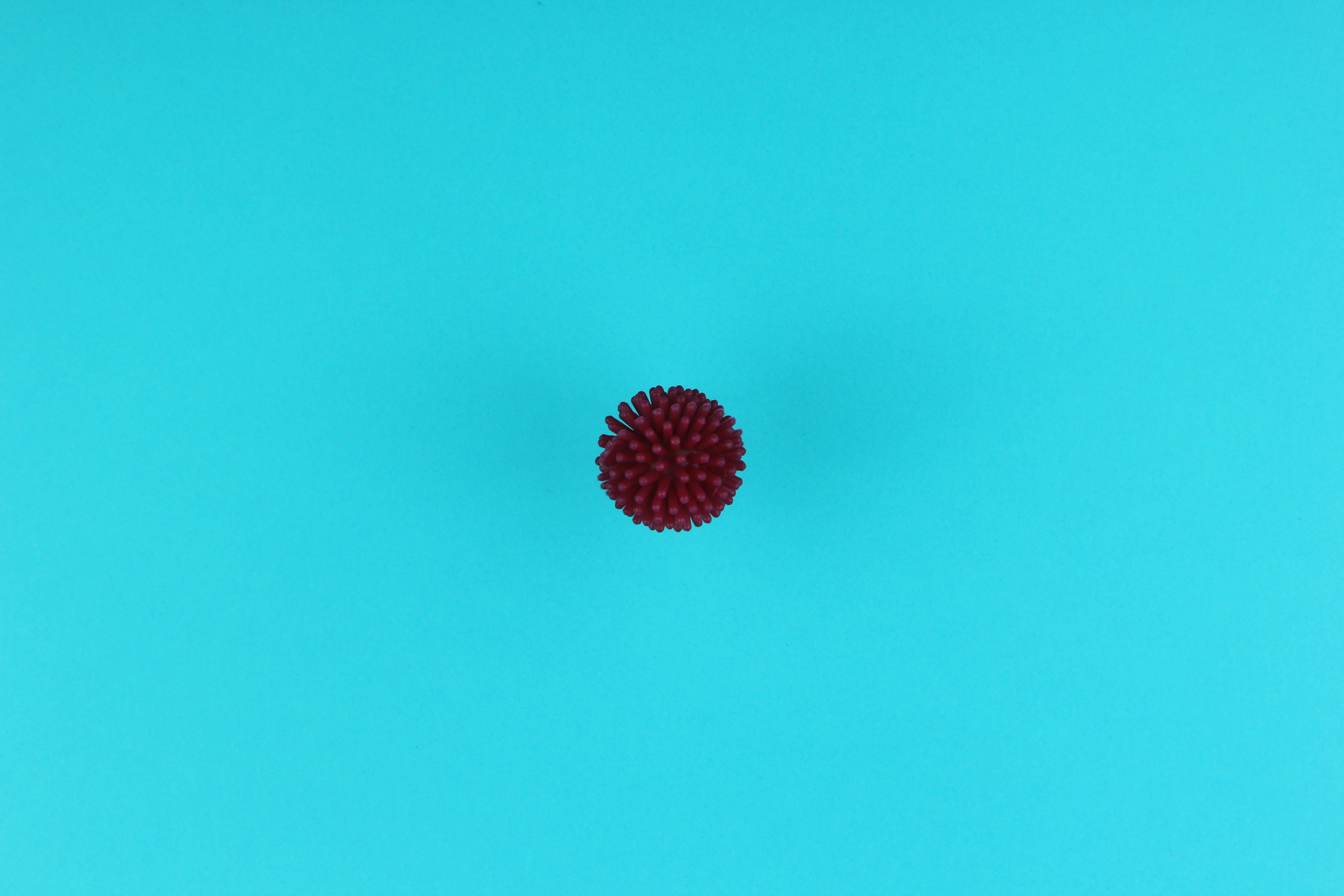The foundation of pelvic balance is based on the ability of all the muscles that attach to the hip and groin to relax and stretch after training or exercise.
But as we all know, without stretching after training, the muscles remain shortened and develop adhesions or contractures.
Adhesions occur when a certain group of muscle fibers remain stuck together after contracting, are not released, and then act as a group rather than as bundles of individual muscles.
A contracture is a knot that develops along the abdomen of the muscle, usually due to repeated contraction of the muscle and failure to relax there in the belly of the muscle.
The result is a knot of developing muscles with the presence of excess protein that binds the muscle filaments together and traps lactic acid and other proteins in a knot. The enzymes necessary for the release of these muscles appear to be absent or scarce in the knot.
Massage therapy will release both adhesions and contractures. When the muscles do not want to loosen, the use of pranic healing techniques will remove the etheric or energetic congestion at the location of the muscle knot and help the muscles to loosen.
There is a direct connection between the etheric or energy body and the physical body. The healing of the first body liberates the physical body. The body has the ability to heal itself when blockages are removed. Pranic healing techniques can accomplish this most of the time.
How do tight quadriceps and adductors affect the ilio-psoas?
Adding external pelvic tension against the hip bone. Insertions of the quadriceps and adductors along the pubic bone and especially the upper ilium (hip bone) push the iliac into a flare that exerts outward pulling tension on the ilium, putting pressure on the ilium and the iliopsoas, as a consequence.
The ilio-psoas are two muscles that are hip flexors and torso flexors. The psoas combines with the quadratus lumbar at the back of your lower back and acts as your central flexor-extensor combination. Any imbalance will often result in low back pain.
What I have discovered from performing multiple treatments on the ilio-psoas is that there is always accompanied tension in the adductors and quads on the same side as a tight ilio-psoas. Both are innervated by the femoral nerve.
I have found that releasing the adductors and quadriceps first will result in a decrease in tension on the ilium and consequently on the ilio-psoas.
I welcome massage therapists to try this treatment sequence and you will be amazed at how quickly the ilium psoas relaxes after first treating the adductors and quadriceps.
By Roger Fontaine, rmt, October 8




